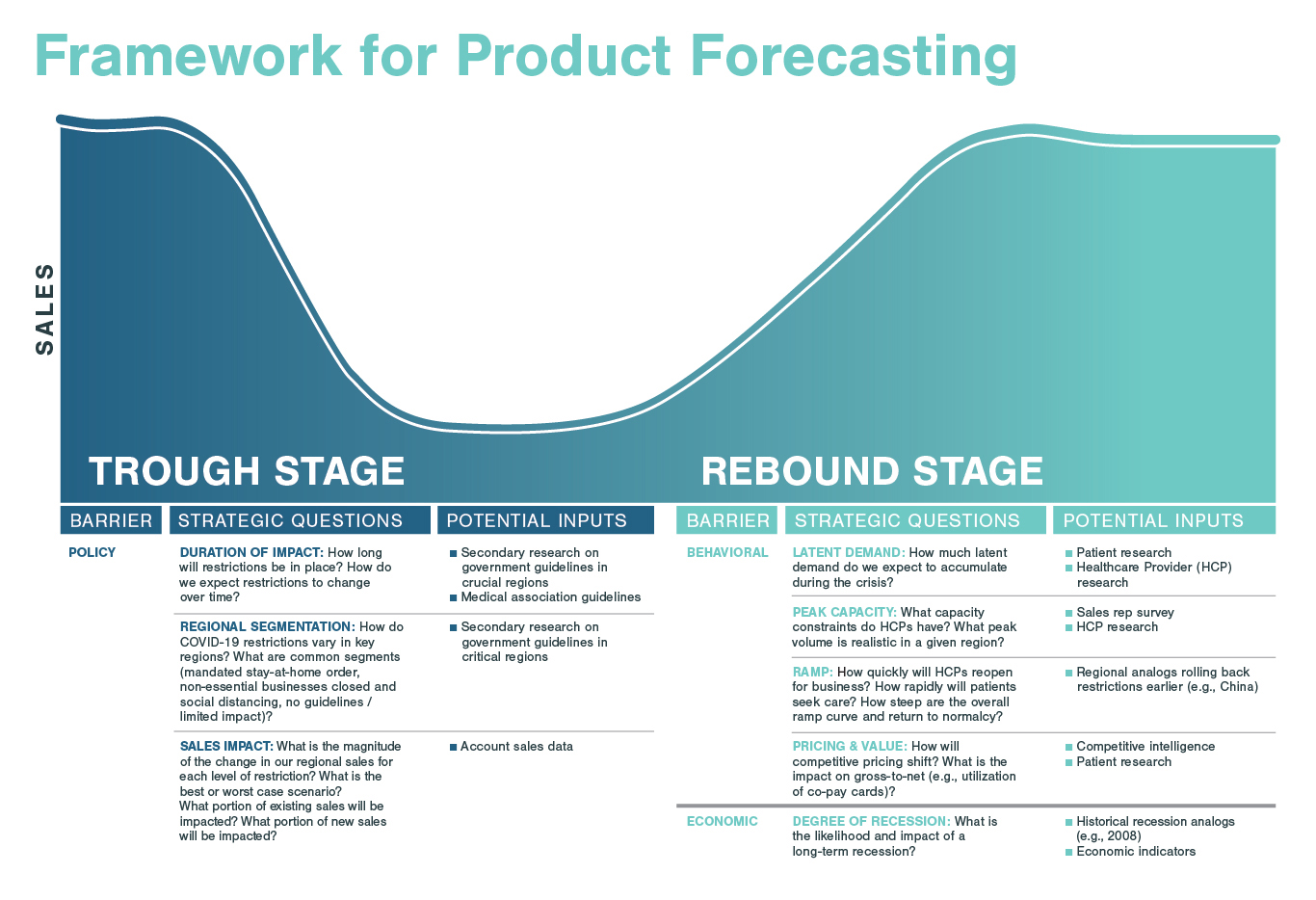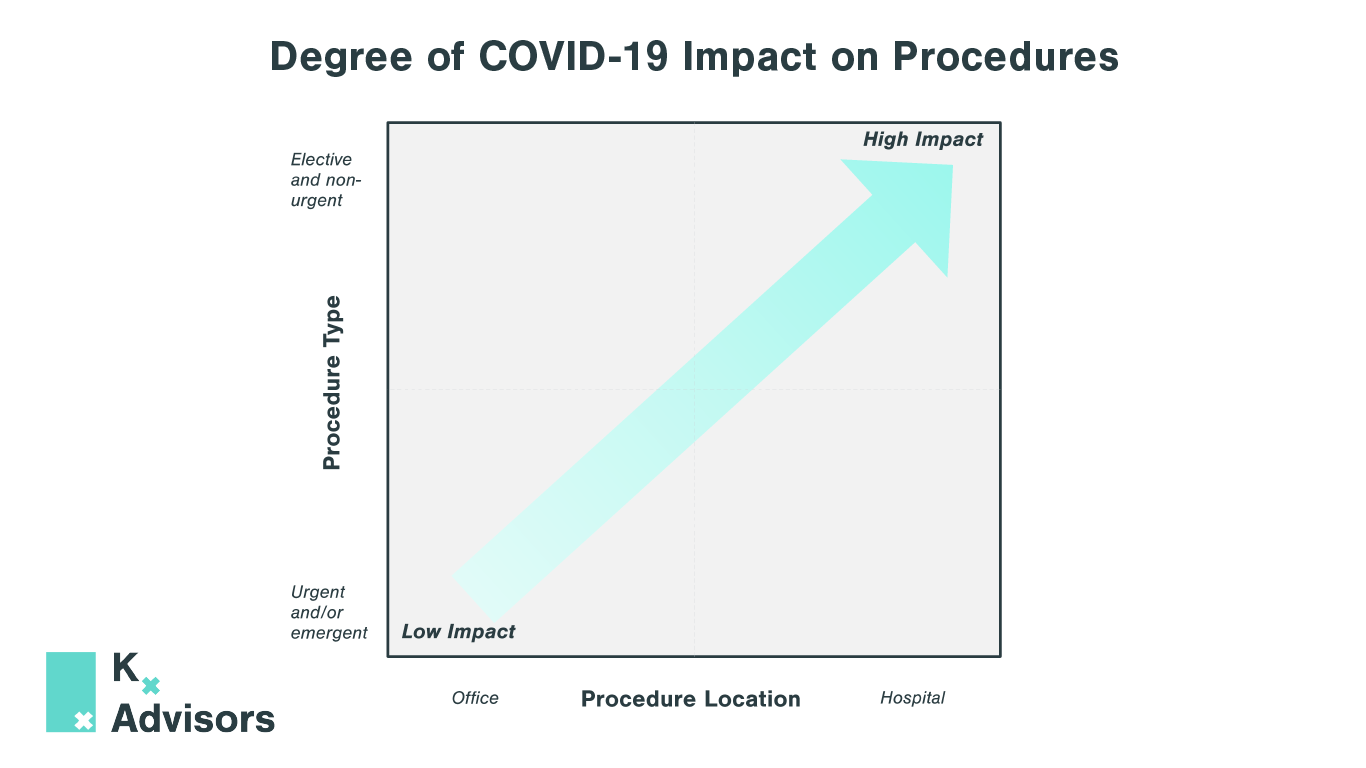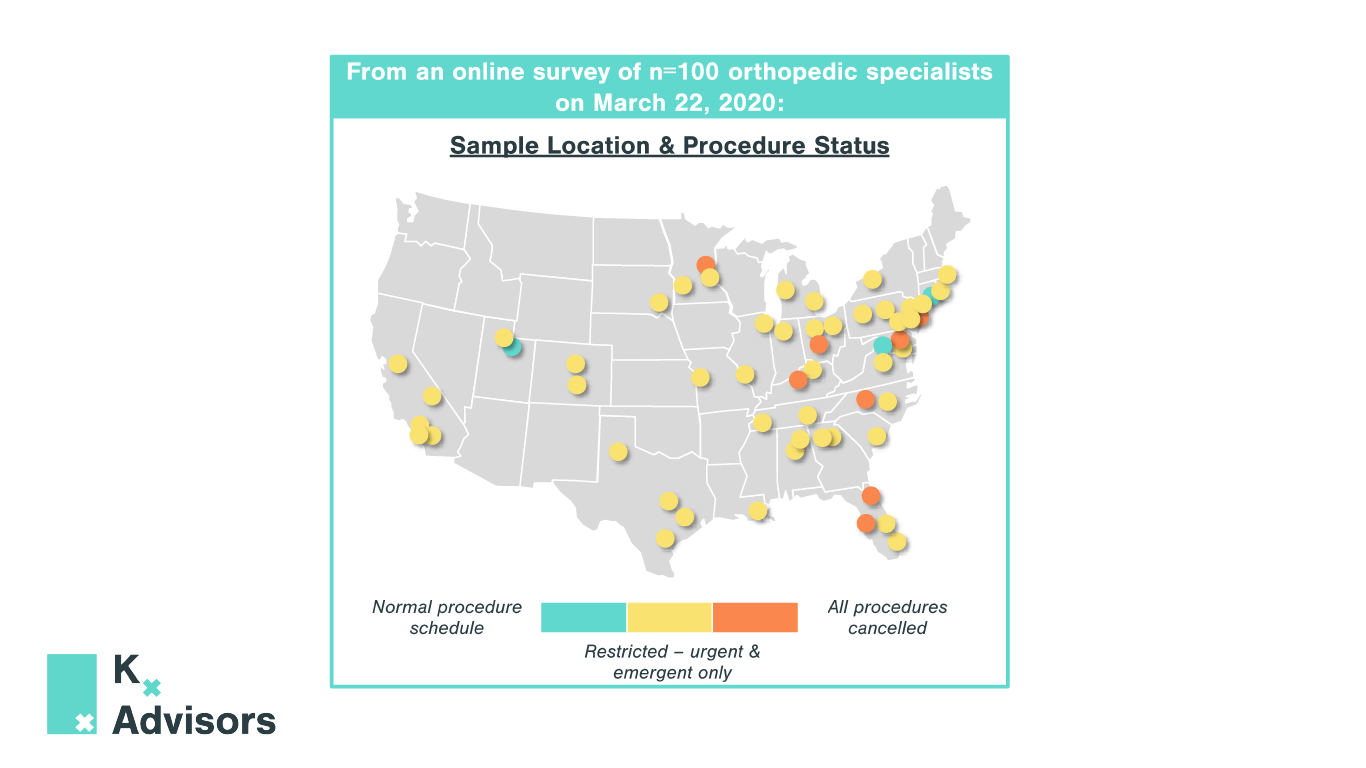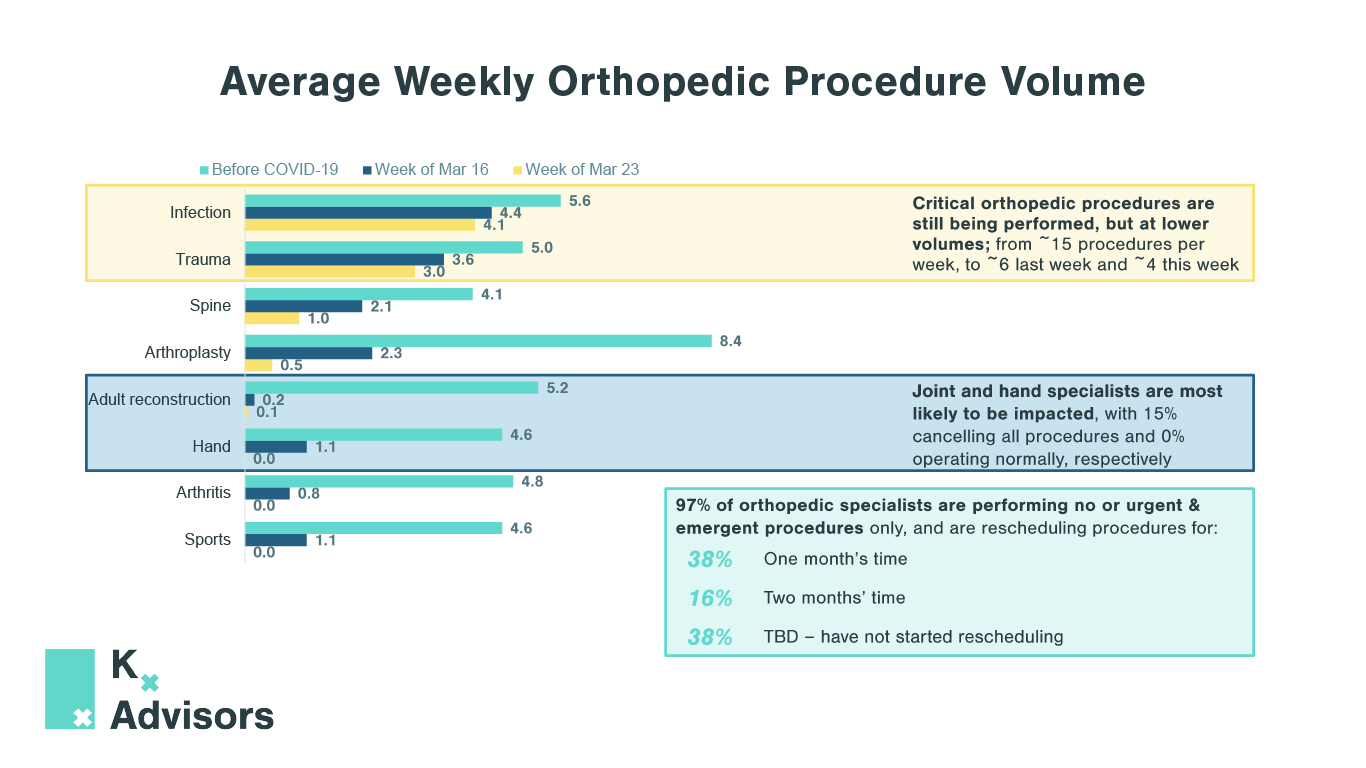Using Your Product Launch Forecast as a Strategic Tool
Forecasting as a Decision-Making Tool
Too often, commercial planning teams approach revenue forecasting as a required financial exercise rather than a strategic planning activity. The highest performing teams, however, develop revenue models to drive decision-making and reinforce strategy. The forecasting process – designing the model, understanding the demand funnel, gathering insights, aligning on assumptions, and analyzing results – can drive decisions and deliver more value than the output itself. Elevating a revenue forecast to a powerful decision-making tool requires careful planning and thoughtful design considerations.
Crafting Your Product Launch Forecast to Inform Strategy
While revenue models are commonly designed to inform resource allocation, investor communications, or inventory planning, the most robust and accurate models are also designed to inform commercial strategy. With the correct design considerations, your commercial planning team can learn more about the patient segments driving forecast value, identify opportunities in the patient journey to drive product adoption, and pinpoint the investments needed to drive share. Further, the most effective models consider multiple scenarios to plan for key unknowns.
Unfortunately, many project teams jump into forecasting with unclear objectives, insufficient data sources, or too many scenarios, and ultimately fail to develop a useful decision-making tool. Your team can avoid common modeling pitfalls by following best practices in three critical planning steps:
- Create the decision-making framework
- Find the applicable data for the model
- Define the scenarios
Create the Decision-making Framework
The first step of any model should be aligning on the end goals (i.e., defining the decisions model will inform). An end goal could be, for example, determining the focus and magnitude of commercial investments, evaluating strategic options in the face of a new market force, or determining supply need for a quarterly production plan. After identifying the overarching question(s), your team can determine how to approach the model.
Your team can use the end goal to decide on the type of model. The type of model, from market share model to launch planning to production demand, determines the model’s specificity. Analyzing the structure before gathering data to ensure the model aligns with the end goal will save your team time and effort. For example, is an annual model sufficient to calculate net revenue, or does the organization need monthly/weekly sales granularity to inform production planning? Is there a need (and reliable data) to support international country-level forecasts, or would a regional forecast be more accurate and equally actionable? Once you understand the key questions the model is answering, the desired output, and the aligned model type, your team will have the clarity to move to the next step: finding the data.
Find the Applicable Data for the Model
First, your team should identify and classify relevant data sources about your product and market, such as epidemiology studies, claims data sets, qualitative interviews, quantitative surveys, historical product sales, and competitor sales, among others, for input. Forecasting teams should take a “best source” approach –evaluating every assumption individually for the highest confidence source. Without pinpointing potential knowledge gaps, models can provide incorrect or incomplete information, impacting the outputs of the model, and ultimately, the launch’s success.
If the data does not exist in the public domain or within research resources, it can often be collected. Kx specializes in designing and executing market research with key stakeholders (e.g., providers, patients, and payers) to inform quantitative forecasts. When designing primary market research, it is important to start with the model structure and work backward to design the research to fit the model. Designing for the model’s purpose will lead to a more accurate forecast. Finally, research should be designed to enable a “living, breathing” forecast. Research approaches such as choice-based conjoint surveys can allow forecasters to simulate new market conditions as they arise and update key assumptions without conducting additional market research.
Define the Scenarios
After outlining the criteria for the data, the next step is to determine which scenarios need to be analyzed. Often teams will initially attempt to investigate and list all possible options, but if the model becomes too complex, it will lose its effectiveness. Instead, the best practice is to define a base case or most likely scenario. A base case typically uses a consensus estimate or confidence-based weighting along key assumptions to drive forecast outputs. Once your team identifies the most likely scenario, define the parameters you want to test. Identifying priorities and areas of uncertainty will help determine which scenarios to test. For example, breadth of market access or coverage, varying price points, the impact of future clinical study outcomes on adoption, and changes to competitor mix are some of the most frequently explored scenarios.
How Kx Can Help With Your Product Launch Forecast
Over the last four decades, our team has developed proven modeling and forecasting approaches that produce accurate, insightful outputs and drive strategic decision making. Our team acts as strategic partners to help guide you through the entire process, including developing the product launch forecast, gathering the underlying data and insights, aligning internal stakeholders, and ultimately preparing the model for you to run.





